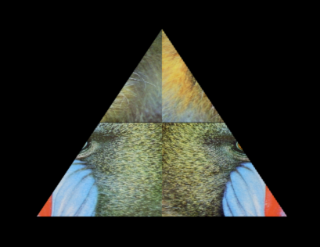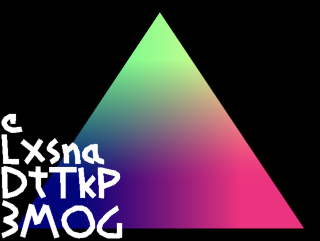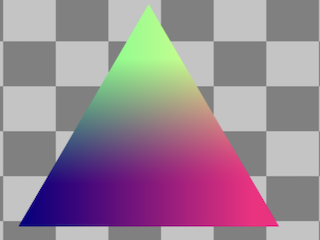emscripten-sdl2-ogles2
OpenGL to WebGL using Emscripten
Demonstrates the basics of porting desktop graphics to the web using Emscripten, via a collection of code samples. Code is written in C++, SDL2, and OpenGLES2 and transpiled into Javascript and WebGL by Emscripten.
Run Hello Triangle Minimal (source)

Demonstrates a minimal example of a triangle using shaders, with all code in one file. No user input.
Run Hello Triangle (source)

Demonstrates a colorful triangle using shaders, with support for mouse and touch input:
- Pan using left mouse or finger drag.
- Zoom using mouse wheel or pinch gesture.
Run Hello Texture (source)

Demonstrates a textured triangle, using SDL to load an image from a file.
Run Hello Text (source)

Demonstrates TrueType text, using SDL to render a string into a texture and apply it to a quad.
Run Hello Texture Atlas (source)

Demonstrates SGI’s Texfont text, loading a font texture atlas from a .txf file and applying it to a quad, as well as rendering of text strings.
Run Hello Image (source)

Demonstrates a checkberboard background texture created from an in-memory pixel array.
Motivation
Why Emscripten?
For users, running an app in the browser is the ultimate convenience: no need to manually install anything, and the app can run equally well on desktop, tablet, and phone. For developers, Emscripten does the work to produce optimal Javascript/WASM, replacing the boring and error-prone process of manually porting code.
Why SDL2?
These demos require OS-dependent stuff (keyboard, mouse, touch, text, audio, networking, etc.). SDL provides a cross-platform library to access this.
Why OpenGLES2?
WebGL provides GPU-accelerated graphics in the browser, and OpenGLES is the subset of OpenGL which most closely matches WebGL.